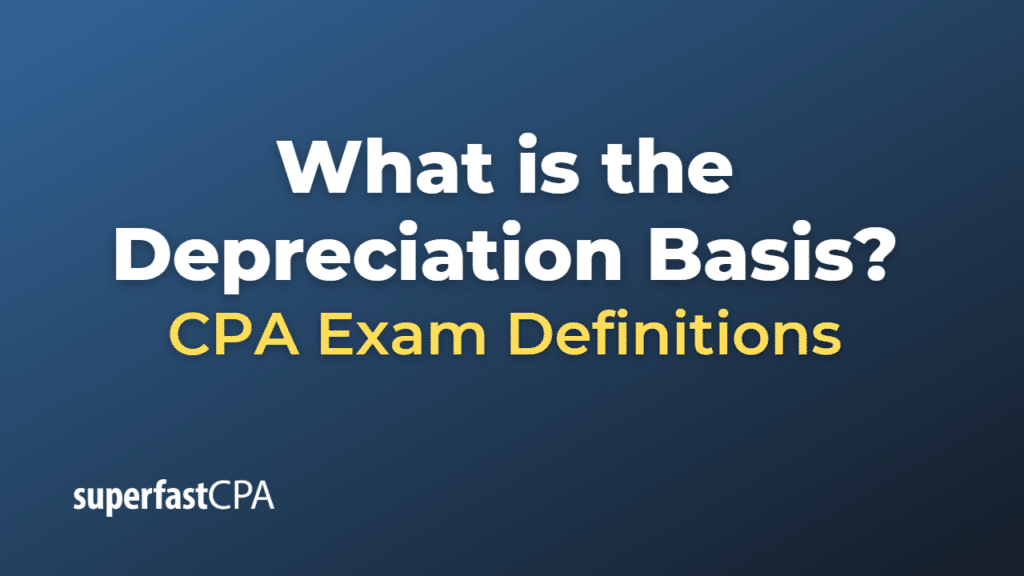Depreciation Basis
The depreciation basis of an asset is usually its original cost plus any additional expenditures that were necessary to bring the asset into use, minus any salvage value.
Here are the key components of the depreciation basis:
- Original cost: This is the price paid to acquire the asset. For instance, if a company purchases a machine for $100,000, that amount is the original cost.
- Additional costs: These are any expenditures that were necessary to get the asset into working condition and to the location where it will be used. Examples include costs for shipping and handling, installation, and the setup and testing of the asset.
- Salvage value: This is the estimated residual value of the asset at the end of its useful life. In other words, it’s the amount the company expects to be able to sell the asset for when it’s no longer useful for the company’s operations. The salvage value is subtracted from the total of the original cost and any additional costs to determine the depreciation basis.
So, the formula for depreciation basis is:
Depreciation Basis = Original Cost + Additional Costs – Salvage Value
The depreciation basis is the total amount that will be depreciated over the asset’s useful life. The actual annual depreciation expense depends on the method of depreciation used. For instance, under the straight-line method, the depreciation basis is simply divided by the useful life of the asset to determine the annual depreciation expense.
Example of Depreciation Basis
Suppose a manufacturing company purchases a piece of equipment for $100,000. The company spends an additional $5,000 on shipping and $15,000 on installation and setup of the equipment. The company estimates that the equipment has a useful life of 10 years and a salvage value of $10,000 at the end of that period.
Here’s how you would calculate the depreciation basis:
Original cost = $100,000
Additional costs = $5,000 (shipping) + $15,000 (installation) = $20,000
Salvage value = $10,000
Depreciation Basis = Original Cost + Additional Costs – Salvage Value
Depreciation Basis = $100,000 + $20,000 – $10,000
Depreciation Basis = $110,000
So, the depreciation basis for this piece of equipment is $110,000.
If the company uses the straight-line method of depreciation, then the annual depreciation expense would be the depreciation basis divided by the useful life:
Annual Depreciation Expense = Depreciation Basis / Useful Life
Annual Depreciation Expense = $110,000 / 10 years
Annual Depreciation Expense = $11,000
So, the company would record a depreciation expense of $11,000 each year for 10 years.













